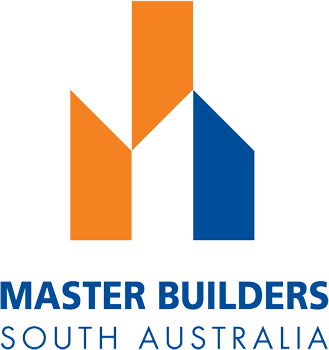Overview of Key Changes
The following is a summary of the concessional provisions:
- Under the current regulations, any application for Building Rules Consent prior to 1 October 2024 will be assessed under NCC 2019. This could lead to a circumstance where a development application that has been approved for Planning Consent cannot meet the new provisions of NCC 2022. To avoid this, a transitional regulation will provide that any development application for a house or apartment that has been lodged prior to this date will be considered under NCC 2019.
- Applying the Energy Efficiency (EE) and the Liveable Housing Design (LHD) provisions is particularly challenging on small and narrow allotments. Hence, houses constructed on existing allotments (as of 1 October 2024) in this category will continue to operate under the EE (building fabric) provisions of NCC 2019 and will not be required to comply with the LHD provisions. These allotments are defined as having a frontage of 10 metres or less, or irregular allotments with an area of less than 300 square metres.
- Similarly, this exemption will apply to small and narrow allotments that are well advanced in the planning process. Applications for Building Rules Consent submitted prior to 1 January 2027 on allotments for which a development application for land division had been lodged prior to 1 January 2024 can be considered under NCC 2019.
- All housing the subject of an exemption to the LHD provisions will need to include the requirement for the additional timberwork in the bathroom to facilitate the future installation of grab rails. This brings a modest cost at the time of building but can save a significant cost in the future.
- An exemption from the LHD provisions for small buildings (<60m2) that are built offsite, and workers and tourist accommodation.
- Workers and tourist accommodation will continue to operate under the EE provisions of NCC 2019.
- An exemption from installing a toilet on the entry level where there are no habitable rooms located on that level.
- The Master Builders Association of South Australia raised concerns around achieving the 7-star benchmark within climate zone 6, particularly in the Mount Barker area where there is currently significant activity. An exemption for three years has been offered to the building fabric provisions to assist in this. The extent has been limited to the Master Planned Neighbourhood Zone within the Mount Barker District Council. The Australian Building Codes Board has offered to work with industry on issues in this climate zone. Along with representatives of Planning and Land Use Services (PLUS) of the Department for Trade and Investment and industry representatives, I am confident we can identify and resolve the particular challenges applying in this region.
- How the NCC is applied to additions and extensions is a complex issue and PLUS has engaged a consultant to examine this as a separate piece of work. Further industry consultation will form part of this project. Victoria has recently prepared a model for the application of the NCC to these developments, and alignment to their provisions will be considered as part of this work.
- Similarly, there currently exists a concession on the EE requirements for lightweight and transportable homes which will be subject to further review. Again, the industry has offered to contribute to this work.
- The regulations currently preclude a technical expert engaged in the design process from offering a certification as a technical expert. This regulation will be amended to allow the energy professionals working in the design process to also issue a statement of compliance for the energy rating of building.
These variations to the NCC 2022 will progress to an amendment to the Ministerial Building Standard titled MBS 007 – Modifications to the Building Code of Australia which will regulate these changes.
There will be a review of these provisions after 18 months to ensure that they are allowing for a proper transition from NCC 2019 to NCC 2022.



